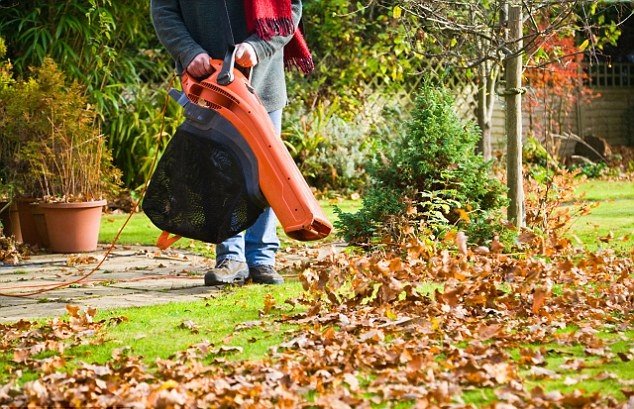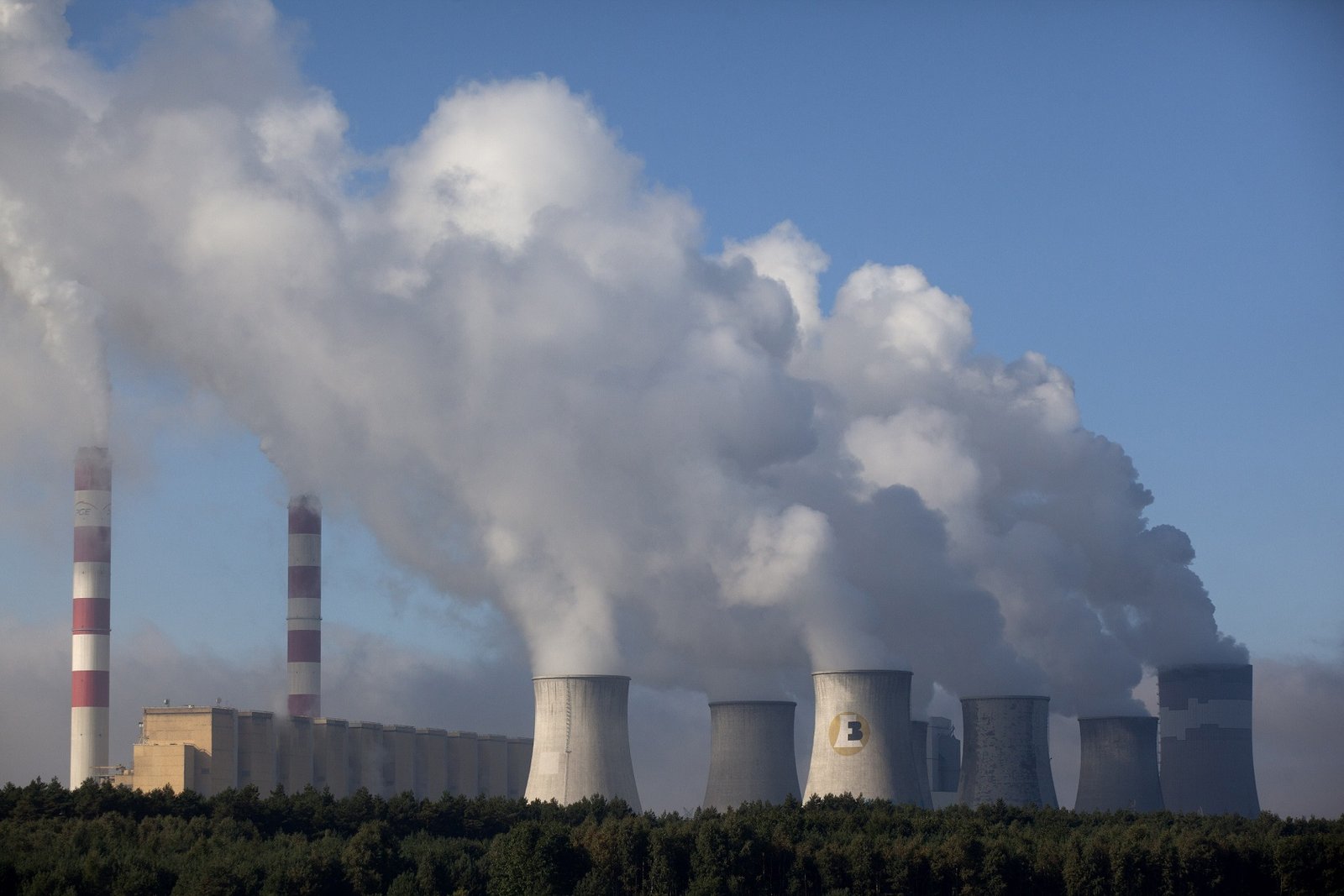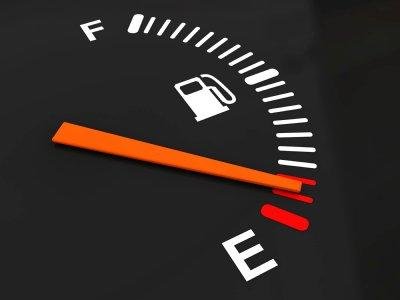Listening to the common discourse on leaf blowers will sometimes make you think they were made by the devil to torture old people in wheelchairs. Other times, you’ll think they are the next big invention after sliced bread. But what is the reality?
Are leaf blowers really the worst things to happen to the world since Mount Vesuvius? Are they kittens being hyped as hungry tigers? I’m going to cut through the confusion for you today.

It is hard getting to the facts when there are so many strong opinions thrown all around the internet. I’m sure not everyone is going to be convinced by these points either. It’s OK. My aim here is to help the conversation return to a sane, fact-oriented track.
I’d be happy to read what you have to think after reading my piece.
Common Concerns Leaf Blowers Come With, AKA Why Your Neighbors Roll Their Eyes At You:
The Loud Noise

The one thing the defenders of leaf blowers have to concede is that leaf blowers are noisy. It would be OK if they were loud. The party at your nearby frat house is loud. The sports car blaring Ke$ha songs is loud. Leaf Blowers with their jarring clicks going at thousands of RPM are noisy. This is more pronounced with diesel powered blowers as compared to electric ones since the combustion of fuel and the crankshaft has their own sounds to add to the already jarring mix.
This is more pronounced with diesel powered blowers as compared to electric ones since the combustion of fuel and the crankshaft has their own sounds to add to the already jarring mix.
The problem is not solved by merely replacing motors or fuels either. There are more silent models in the market nowadays, which operate at sound levels as low as 65 dba, which is about the same level as freeway traffic.It’s not as silent, but even a few dba shifts can massively influence noise levels since they follow a logarithmic scale. The next most silent options are at around 70 dba. Traditional blowers operate at over 80 dba, which is considerably noisy.
It’s not as silent, but even a few dba shifts can massively influence noise levels since they follow a logarithmic scale. The next most silent options are at around 70 dba. Traditional blowers operate at over 80 dba, which is considerably noisy.
Greenhouse Gases

The next common argument against leaf blowers is that they burn a lot of fossil fuel, which releases carbon dioxide into the air, a gas which is the major culprit in Global Warming. But that’s not all it does with the fuel. Like any mechanical engine, there is never 100% efficiency with fuel combustion. So, you have unburnt hydrocarbons that roam the air, many of which (if not most) are also proven greenhouse gases. Incomplete combustion also results in the release of noxious gases like carbon monoxide, which is pretty dangerous for human beings, especially children.
So, you have unburnt hydrocarbons that roam the air, many of which (if not most) are also proven greenhouse gases. Incomplete combustion also results in the release of noxious gases like carbon monoxide, which is pretty dangerous for human beings, especially children.

It is important to put things into perspective, however. An average household that owns a car to commute to work, to the store or to a recreational spot burns a huge amount of fuel. The average leaf blower has a fuel tank that is 6-8 ounces in capacity. Assuming each user expands the entire fuel and you use your blower once a week, you have burnt through 8 ounces on fuel.
That is approximately 400 ounces in a year. Now, if you have a really well-performing SUV with the most miles per gallon, covering a distance of 1000 miles in a year will have you standing at 5120 ounces a year, which is 12 times what you burn through a leaf blower.
If you have two cars being driven each day or driving more than 1000 miles in a year which is really not that difficult, you’re only looking at a bigger multiple.That is approximately 400 ounces in a year.
Now, if you have a really well-performing SUV with the most miles per gallon, covering a distance of 1000 miles in a year will have you standing at 5120 ounces a year, which is 12 times what you burn through a leaf blower.
If you have two cars being driven each day or driving more than 1000 miles in a year which is really not that difficult, you’re only looking at a bigger multiple.
Leaf Blowers Kick Up Particulate Matter
Leaf Blowers releasing a consistent jet of air that you point at the ground to make leaves fly away are sure to kick up some dirt. PM-10 and PM-2.5 are commonly associated with breathing problems and other health issues. These particles kicked up by leaf blowers are hard to defend against. Is there an argument against this fact?
One way to reduce the amount of dust you throw into the air to be carried around is to use a leaf blower only when the conditions are a bit moist. The moisture makes minute dirt particles hard to be kicked up as well as helps settle them down. For all practical purposes, however, leaf blowers do create a lot of problem with these dust particles. They are better avoided in the hot season when there is little moisture, as well as in areas where there is more dust.
Are Leaf Blowers Wastefulness Compared To Brooms?
Well, it depends on what you call wasteful. If you’re going to use a leaf blower to merely blow away plant debris that collects in the fall, when you can just as easily sweep it away, you’re probably being wasteful. But there are situations where leaf blowers are absolutely essential. For example, you cannot sweep behind the bushes where leaves collect in heaps. Leaving them there is good mulch, but too much of a rot can invite pests and cause foul smells. Picking out dead leaves from dense or prickly bushes is a task better done through a leaf blower too.

For example, you cannot sweep behind the bushes where leaves collect in heaps. Leaving them there is good mulch, but too much of a lot can invite pests and cause foul smells. Picking out dead leaves from dense or prickly bushes is a task better done through a leaf blower too.
Leaving them there is good mulch, but too much of a lot can invite pests and cause foul smells. Picking out dead leaves from dense or prickly bushes is a task better done through a leaf blower too.
Want to get along with your neighbors AND use your leaf blower? Well, you need to be courteous and considerate. Use your leaf blower when people are likely to be away so you don’t disturb them when they’re sleeping or otherwise occupied. Getting a new silent leaf blower certainly helps. Most sound levels are measured at a 50-meter distance. You can always use the leaf blower farther than 50 meters, and then use a broom for areas too close to the neighbors’ window.
Getting a new silent leaf blower certainly helps. Most sound levels are measured at a 50-meter distance. You can always use the leaf blower farther than 50 meters, and then use a broom for areas too close to the neighbors’ window.
Getting a new silent leaf blower certainly helps. Most sound levels are measured at a 50-meter distance. You can always use the leaf blower farther than 50 meters, and then use a broom for areas too close to the neighbors’ window.
There’s nothing a bit of courtesy and consideration cannot solve. I’m eager to read your thoughts in the comments below.



